Facts about New York City that we never knew
Trending Now
New York City is a bustling metropolis, renowned for its iconic landmarks and vibrant culture. Yet, nestled within its towering skyscrapers and bustling streets are hidden gems waiting to be discovered. From secret subway stations to whispering galleries, this city is filled with surprises that even lifelong New Yorkers may not know about. So, grab a cup of coffee, and let’s take a journey through some of NYC’s lesser-known treasures.
The Birthplace of the Modern Pizza
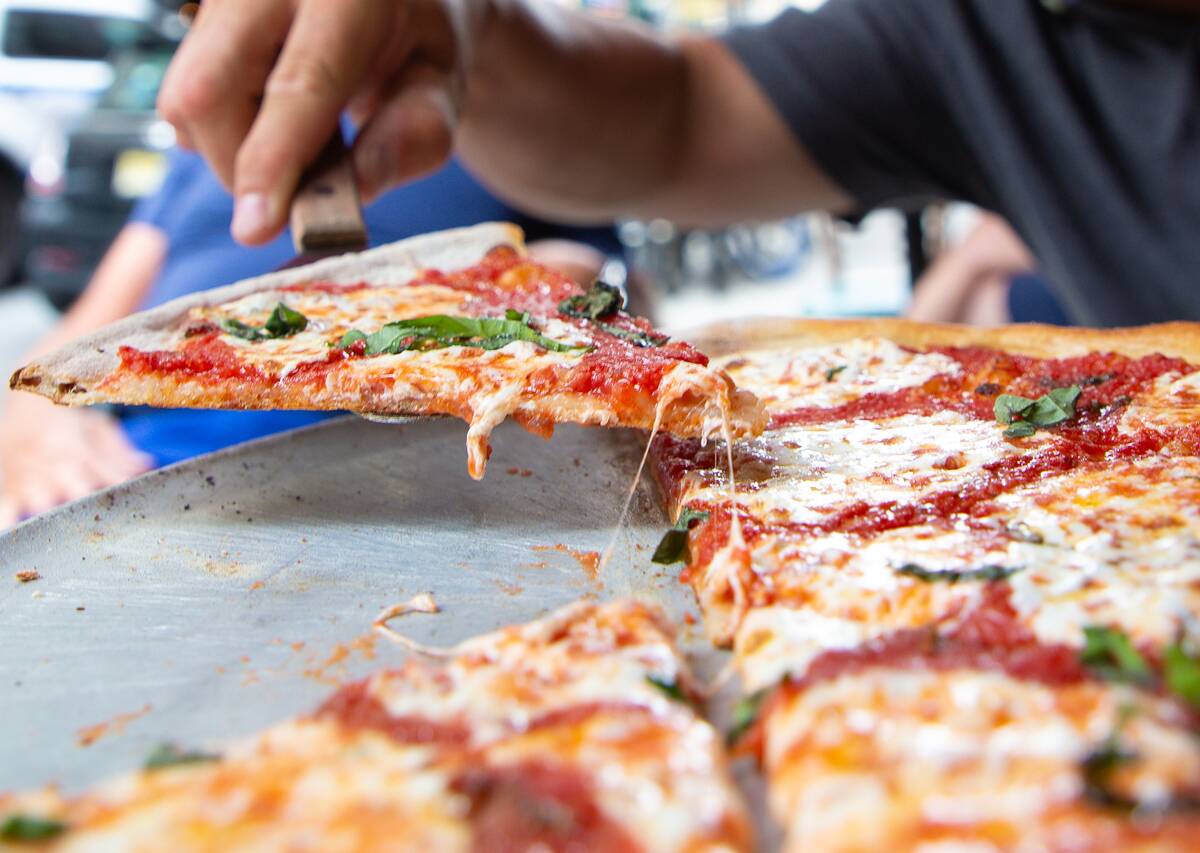
Did you know that New York City is credited with being the birthplace of the modern pizza? In 1905, Gennaro Lombardi opened the first pizzeria in the United States on Spring Street in Manhattan. Today, pizza has become so synonymous with NYC that it’s hard to imagine the city without its beloved slices.
The Secret Subway Station of City Hall
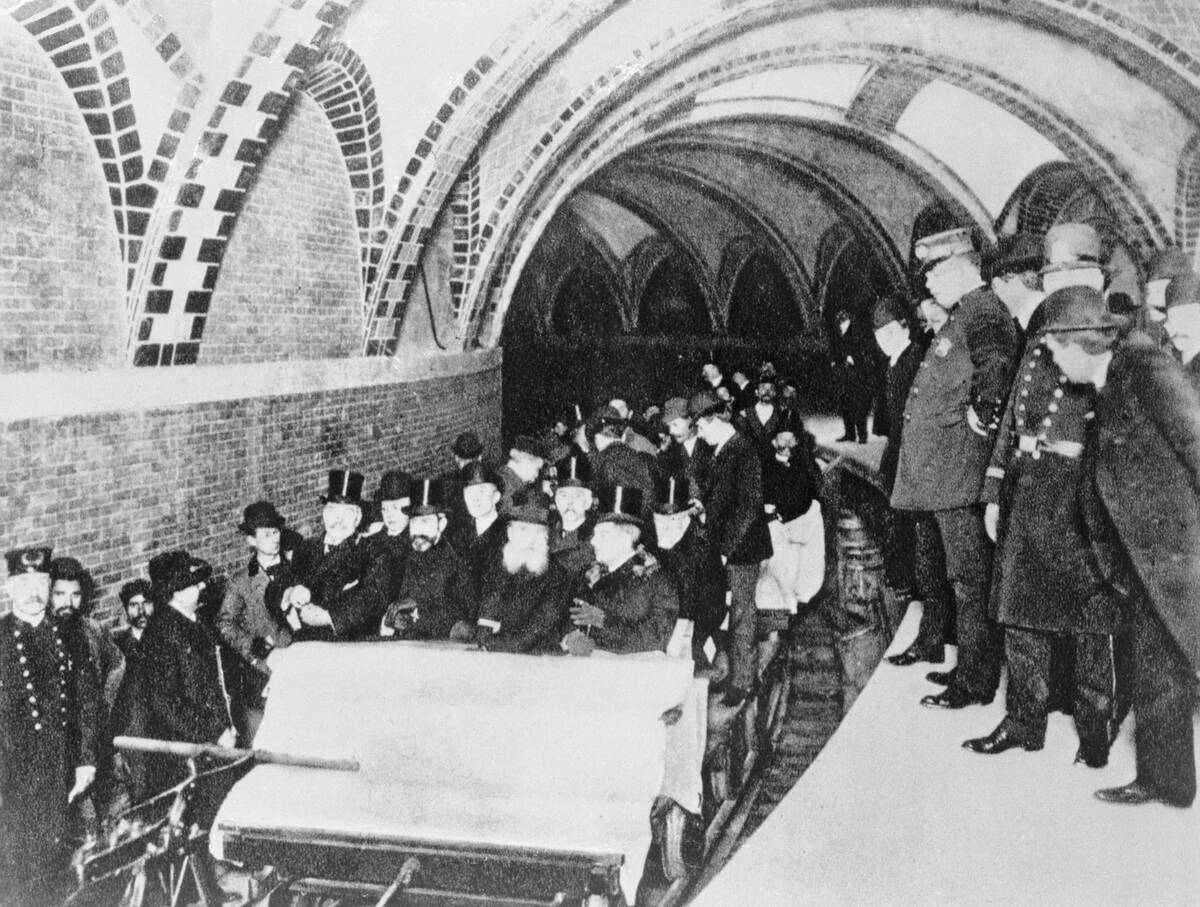
Beneath the bustling streets of New York lies a hidden gem: the City Hall subway station. Opened in 1904, this station was one of the original stops of NYC’s first subway line. Its intricate tile work and grand arches are reminiscent of a bygone era. Though it closed in 1945, urban explorers can still catch glimpses of it by staying on the 6 train as it loops back uptown.
The Whispering Gallery of Grand Central Terminal
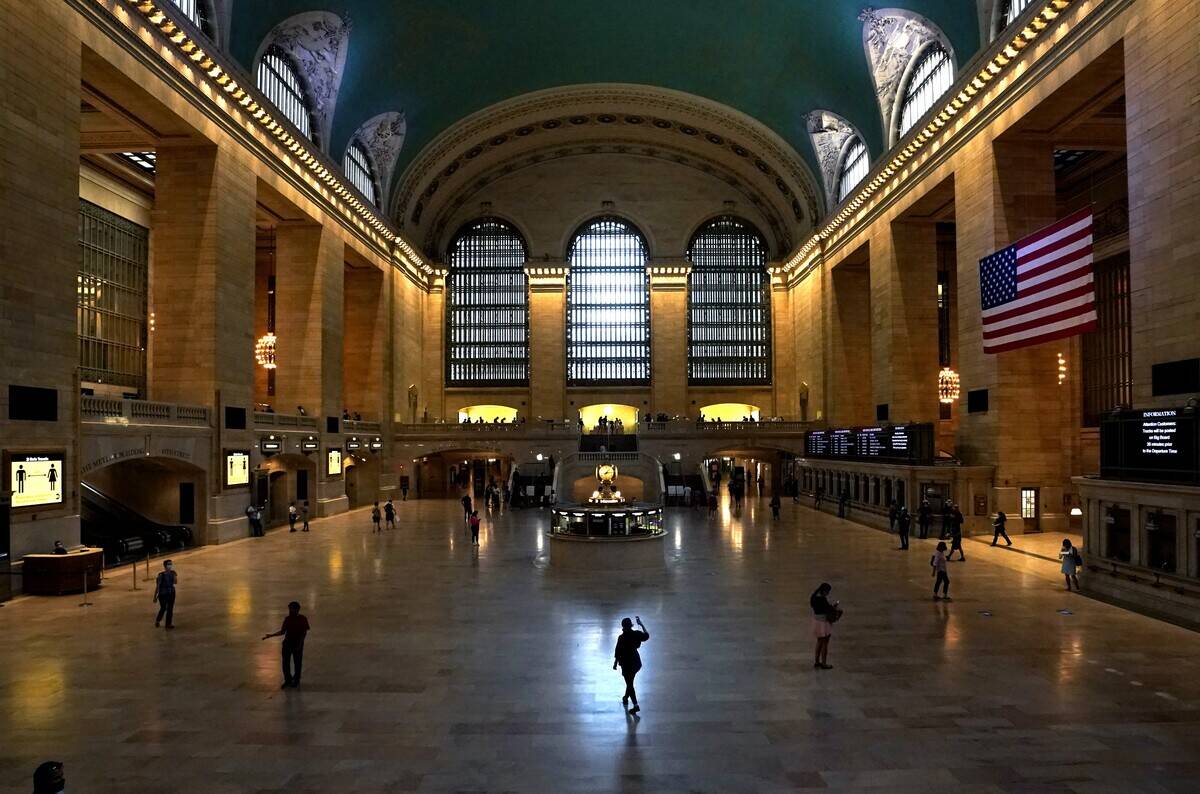
Grand Central Terminal is not just a transportation hub; it holds a secret whispering gallery. Located in the terminal’s lower level, this unique spot allows visitors to stand at diagonal arches and whisper into the walls. The sound travels across the arch, allowing someone at the opposite end to hear the whisper clearly. It’s a delightful secret that adds a touch of magic to any visit.
The Little-Known Fact About Central Park’s Sheep Meadow
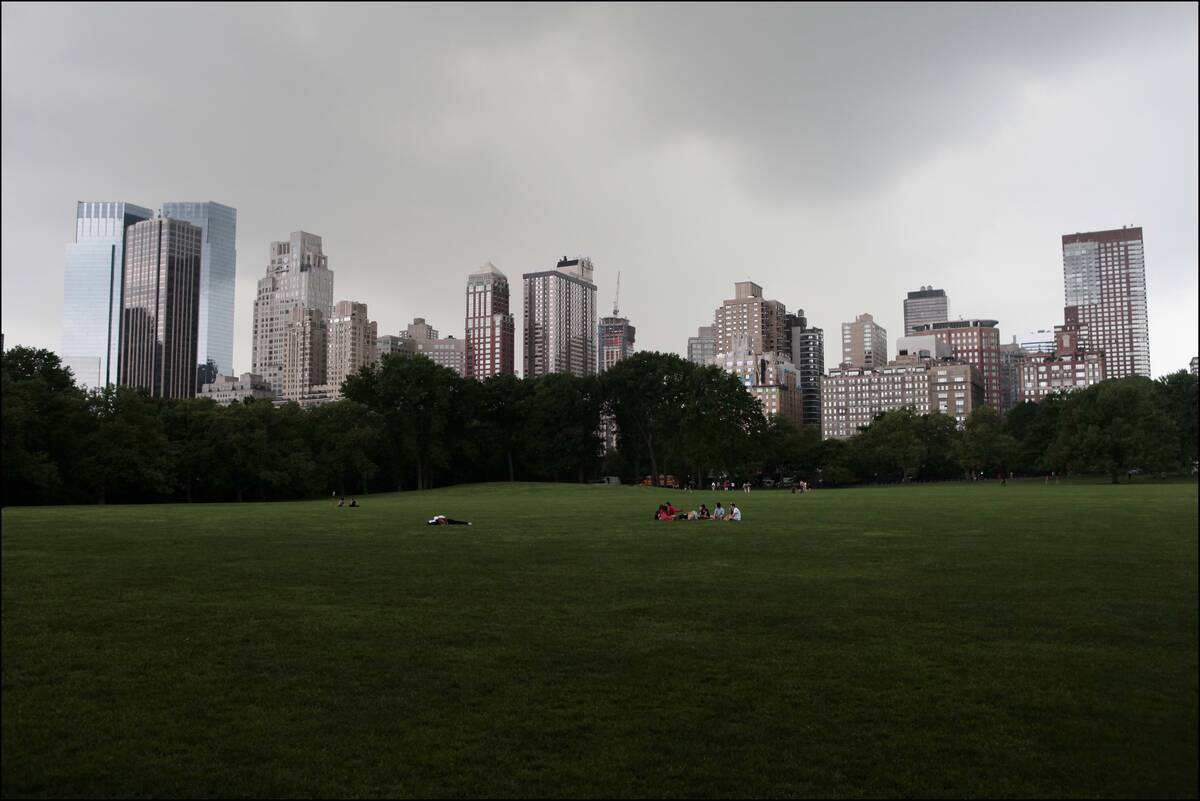
Central Park’s Sheep Meadow is a favorite gathering spot for New Yorkers seeking respite from the urban hustle. Yet, few know that it was once home to a flock of sheep! Until the 1930s, these woolly residents grazed the meadow, adding a pastoral charm to the park. They were relocated during the Great Depression, but the meadow remains a cherished green oasis in the heart of the city.
The Smallest Plot of Land in NYC: Hess Triangle
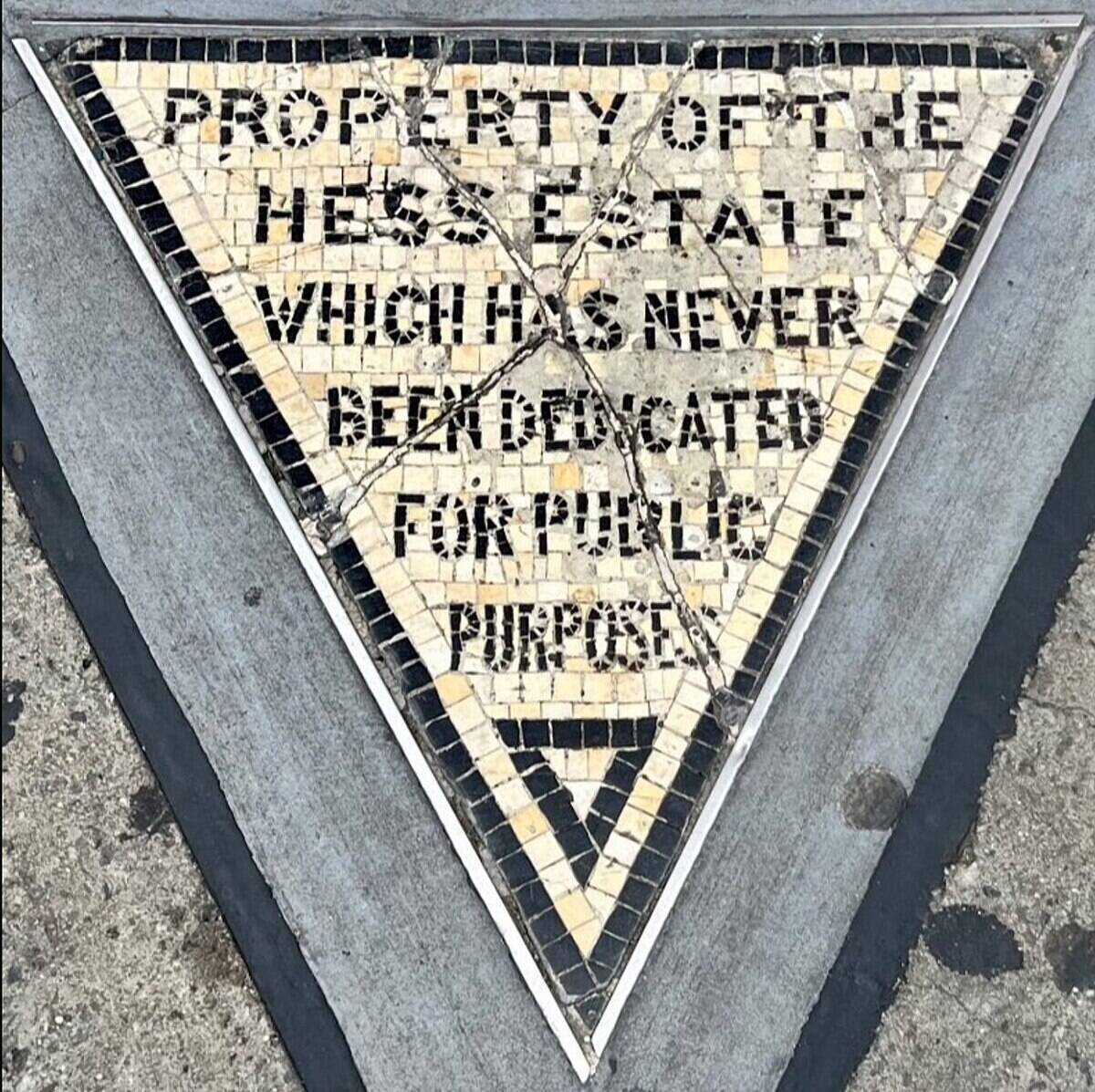
Tucked away in Greenwich Village is the smallest plot of land in NYC, known as the Hess Triangle. Measuring only 25.5 inches at its widest, this triangular mosaic reads “Property of the Hess Estate Which Has Never Been Dedicated for Public Purposes.” It was a result of a property dispute in the 1920s, and today, it stands as a quirky reminder of NYC’s colorful history.
The Unnoticed Skyscraper Without a Corner: Flatiron Building
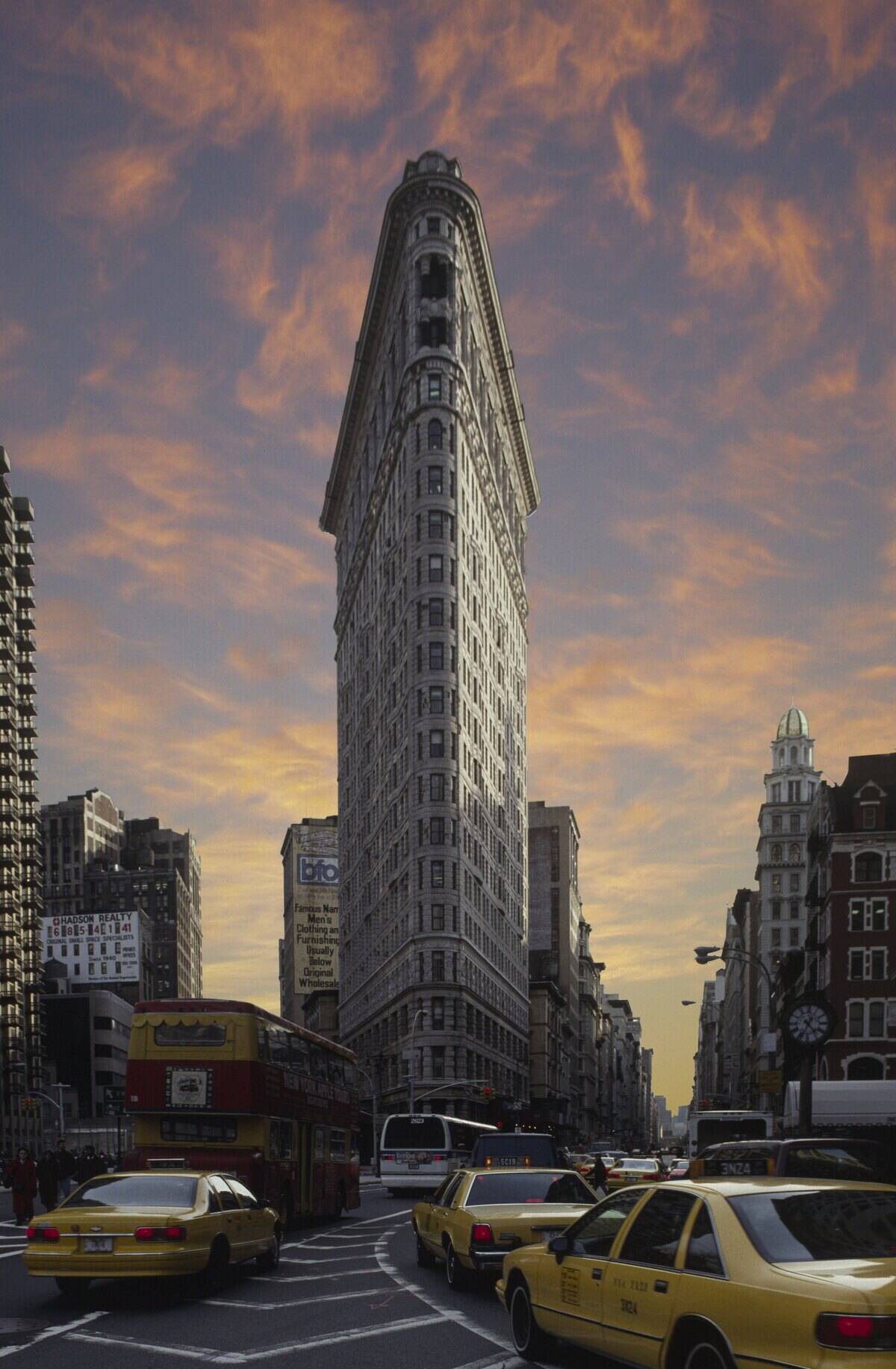
The Flatiron Building is one of New York’s most iconic skyscrapers, known for its distinctive triangular shape. Built in 1902, it was designed to fit the unique plot at the intersection of Broadway and Fifth Avenue. Its narrow, wedge-like form has no traditional corners, making it a marvel of early 20th-century architecture. Next time you’re in the area, look up and appreciate this unique piece of history.
Why NYC is Called “The Big Apple”
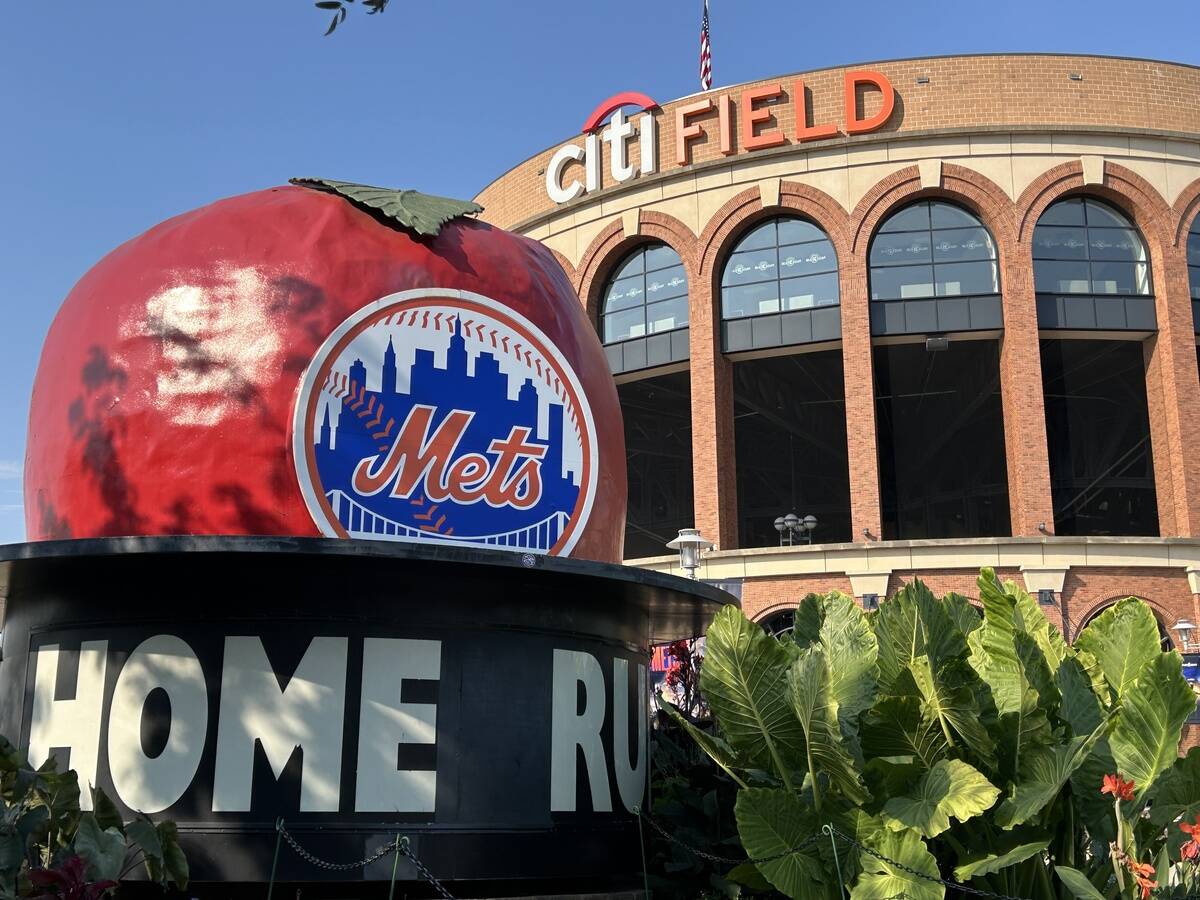
Ever wondered why New York City is nicknamed “The Big Apple”? The phrase was popularized in the 1920s by sports writer John J. Fitz Gerald, who used it to describe the city’s horse-racing scene. Over time, jazz musicians adopted the term as a symbol of the city’s prominence. Today, “The Big Apple” is synonymous with NYC, capturing its allure and grandeur.
The City That Never Sleeps: The Only City with 24/7 Subway Service
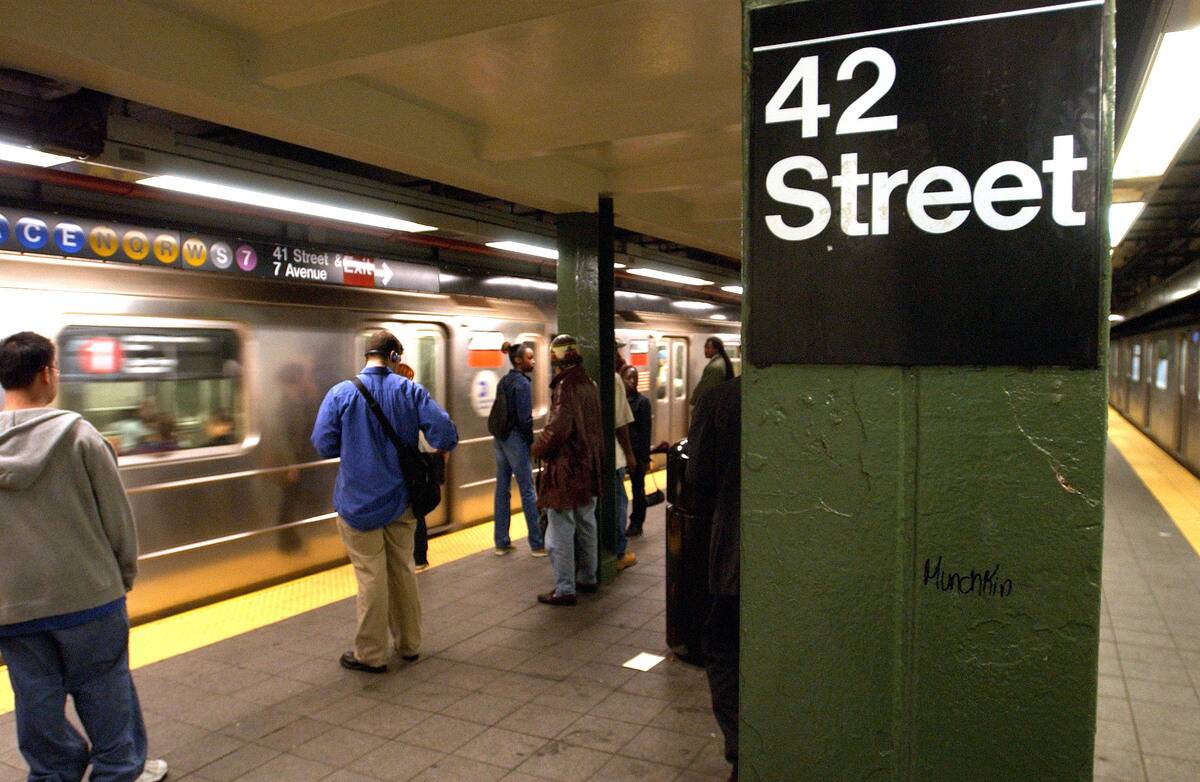
New York City truly lives up to its moniker as “The City That Never Sleeps,” being the only city in the United States with a subway system that operates 24/7. This around-the-clock service ensures that New Yorkers can traverse the city at any hour, contributing to its vibrant nightlife and bustling energy. Whether you’re heading to an early breakfast or a late-night show, the subway is always ready to whisk you away.
Home to a Gold Reserve
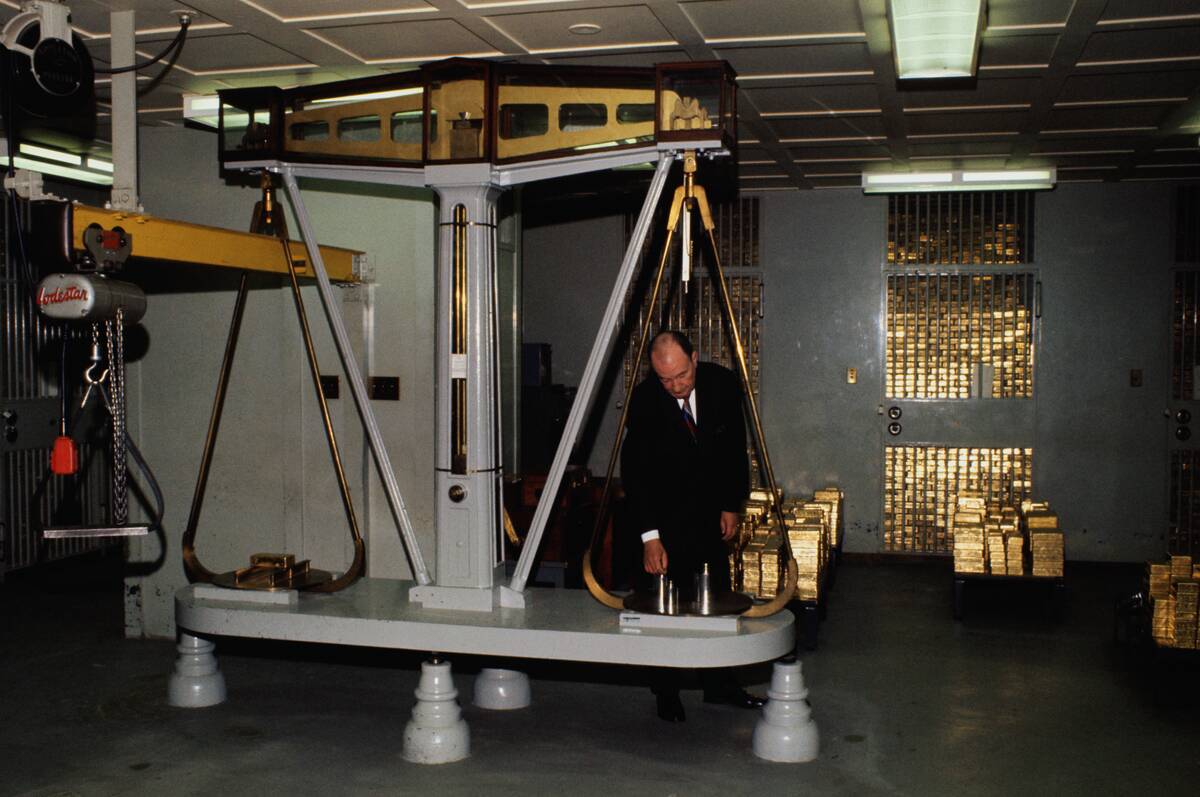
Beneath the bustling streets of the Financial District lies a gold reserve, housed in the Federal Reserve Bank of New York. The vault, located 80 feet below street level, holds over 6,000 tons of gold, belonging to various countries around the globe. While it’s not open to the public, knowing that such wealth is stored beneath the city adds an extra layer of intrigue to NYC’s financial prowess.
The Secret Apartment in the Eiffel Tower of NYC: The Chrysler Building
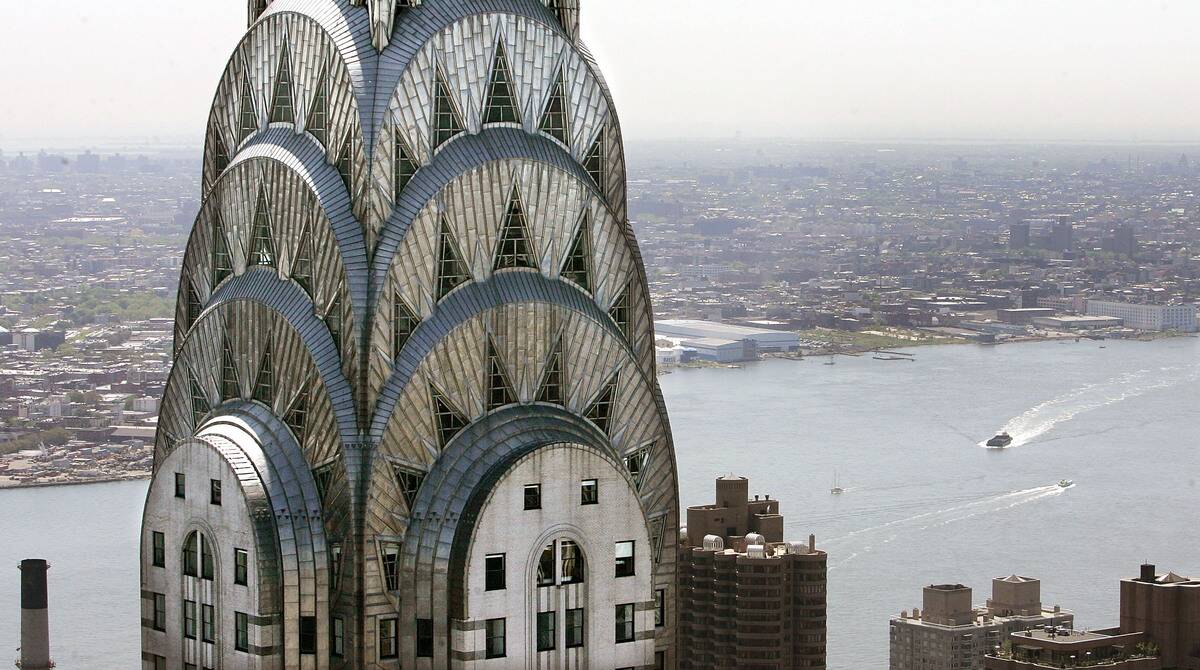
The Chrysler Building, an Art Deco masterpiece, holds a secret: a private apartment at its peak. Though less famous than the Eiffel Tower’s hidden apartment, this luxurious space was once used by Walter Chrysler himself. Complete with stunning views of the city, it remains a hidden gem, showcasing the opulence and ambition of early 20th-century architecture.
A Tale of Two Libraries: The Hidden Book Collection Beneath Bryant Park
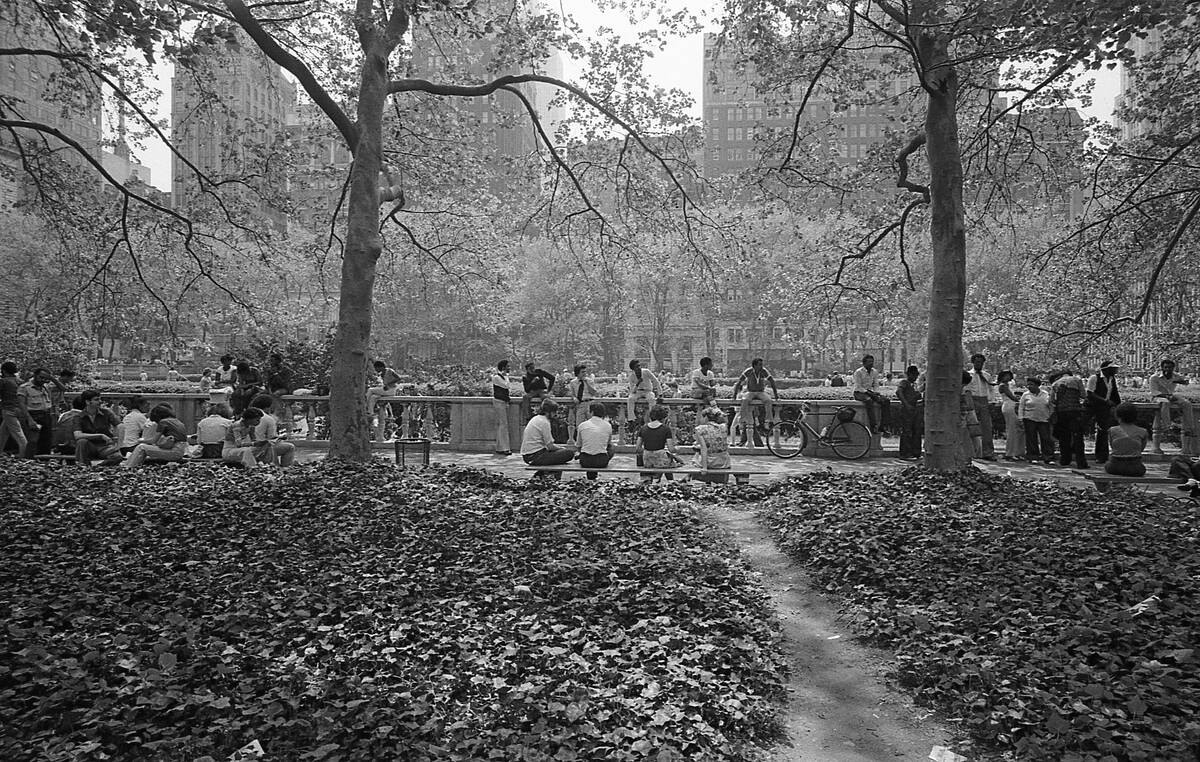
Beneath the lush greens of Bryant Park lies a hidden treasure—a vast collection of books stored in the New York Public Library’s underground stacks. This subterranean library extends beneath the park, housing over 1.5 million volumes. It’s a bibliophile’s dream, tucked away from the city’s hustle and bustle, offering a serene haven for researchers and book lovers alike.
The City with More Languages Than Any Other Place in the World
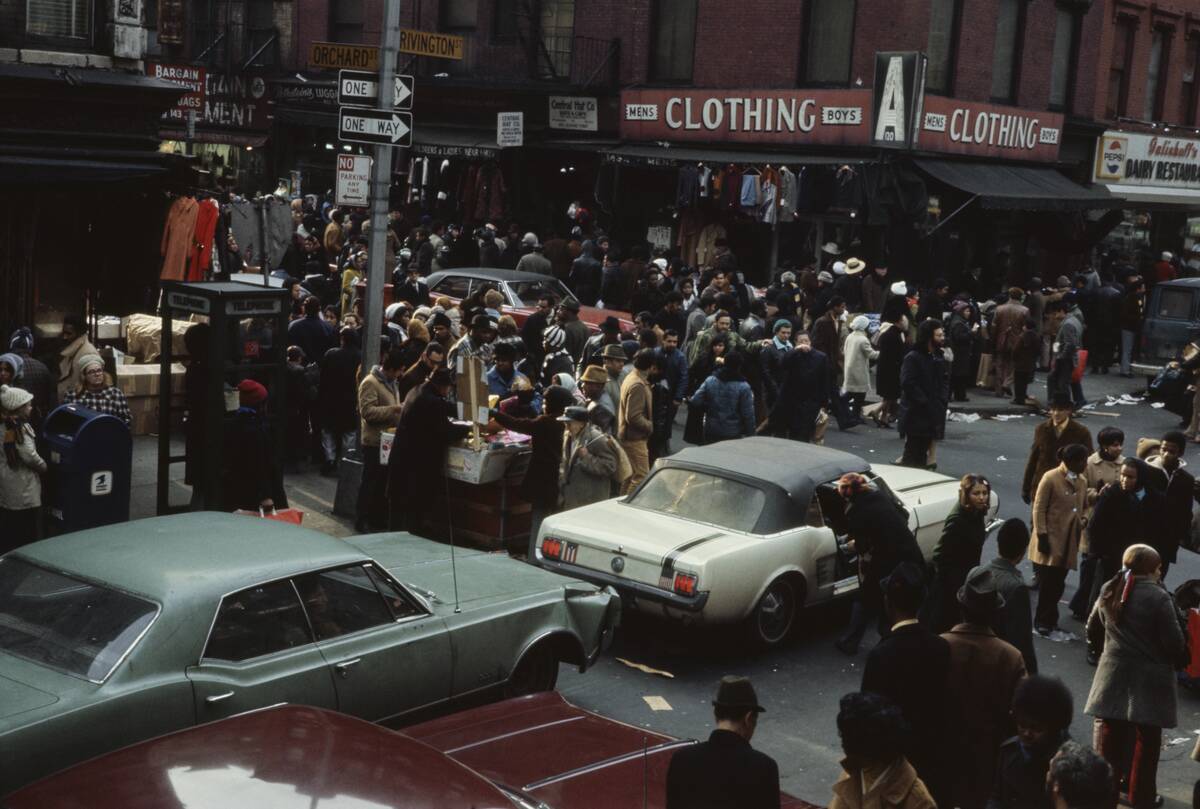
New York City is a true melting pot, boasting hundreds of languages spoken across its five boroughs. This linguistic diversity makes it the most linguistically diverse city in the world. From Mandarin to Yiddish, this rich tapestry of languages reflects the city’s status as a global hub and its longstanding tradition of welcoming immigrants from around the globe.
The Real Reason Why Broadway Theaters Are Located Off-Broadway
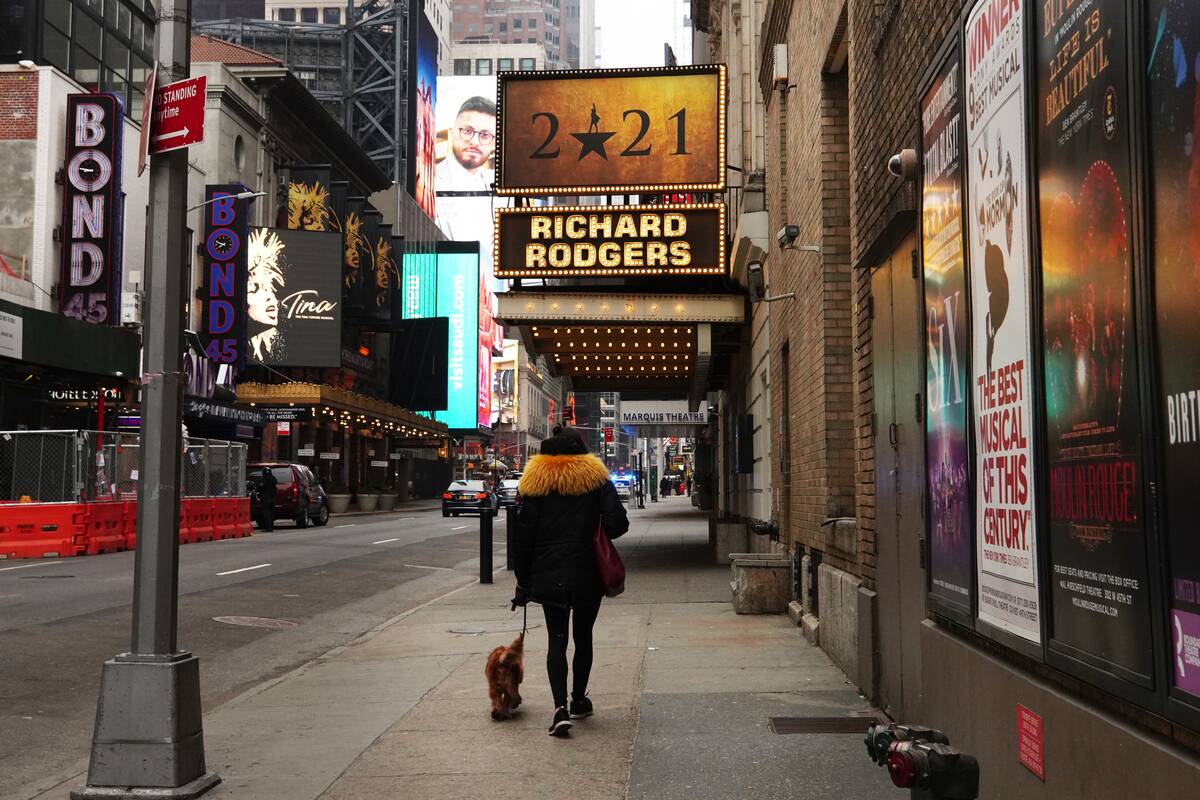
While Broadway is synonymous with theater, many of NYC’s theaters are actually located off Broadway itself. The term “Broadway” refers to the caliber of the theater production rather than its physical location. Larger theaters with over 500 seats are classified as Broadway, while smaller venues are known as Off-Broadway. This distinction allows for a diverse range of performances, from blockbuster musicals to intimate plays.
The Hidden Art Gallery in the Subway: MTA’s Arts & Design Program
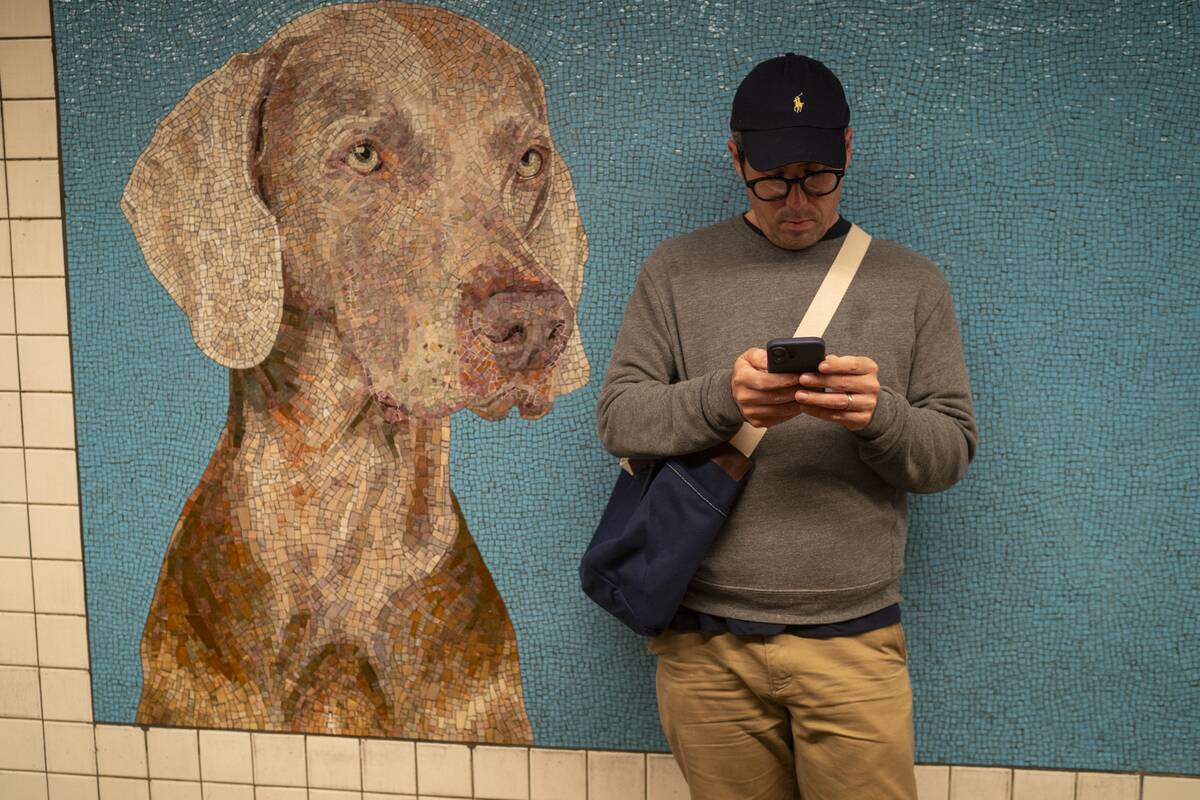
New York City’s subway system doubles as an underground art gallery, thanks to the MTA’s Arts & Design program. Established in 1985, the program commissions artwork throughout the subway stations, featuring pieces by renowned artists and emerging talents. From vibrant mosaics to intricate sculptures, these hidden artworks add a splash of creativity to the daily commute, transforming the mundane into a visual feast.
The Evolution of Times Square: From Horse Carriages to LED Screens
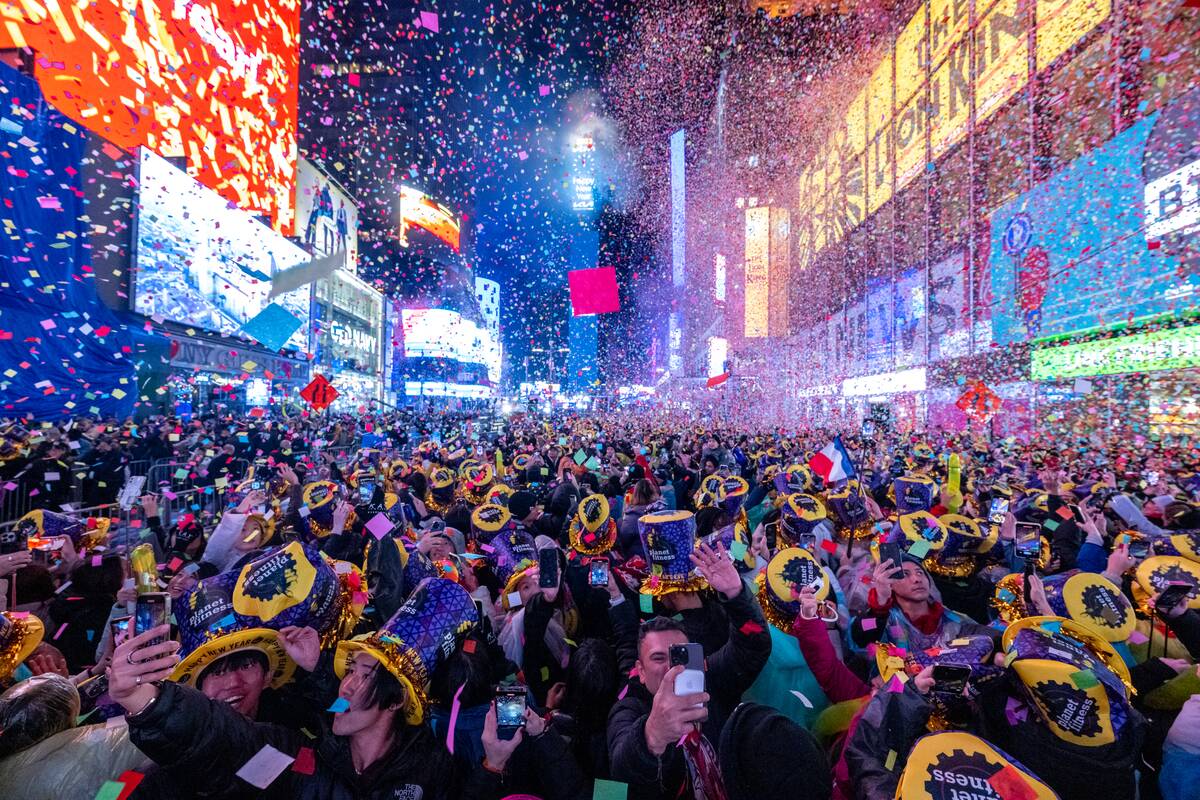
Times Square is a world-renowned symbol of NYC, but it wasn’t always the neon-lit hub we know today. Originally known as Longacre Square, it was a bustling center for horse carriages in the late 1800s. It wasn’t until the New York Times moved there in 1904 that it became Times Square. Today, it’s a digital wonderland, adorned with LED screens that draw millions of visitors each year.
The Story Behind the Statue of Liberty’s Initial Color
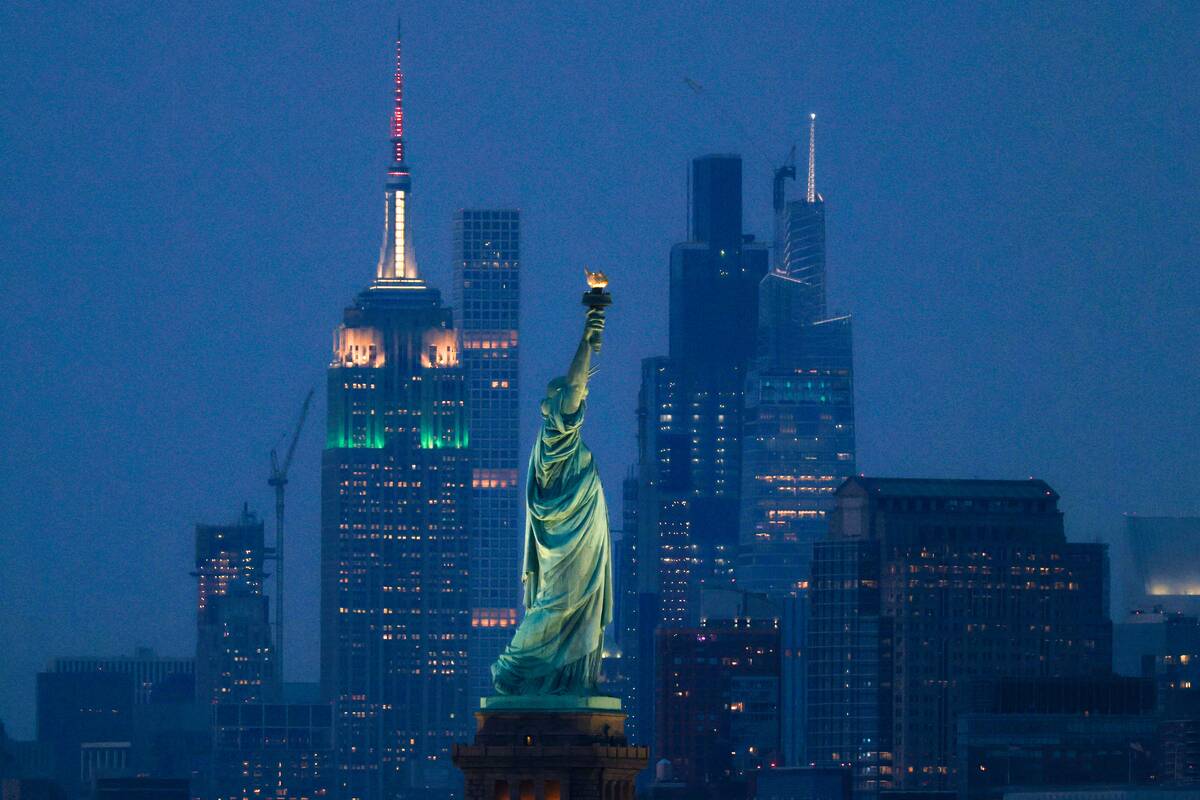
The Statue of Liberty, a symbol of freedom and democracy, wasn’t always the green icon we recognize today. When it was first gifted by France in 1886, it was a shiny, brown copper statue. Over time, oxidation caused the copper to turn green, a process that completed by 1920. The statue’s verdant hue is now as iconic as Lady Liberty herself.
The Surprising Origin of the Wall Street Bull
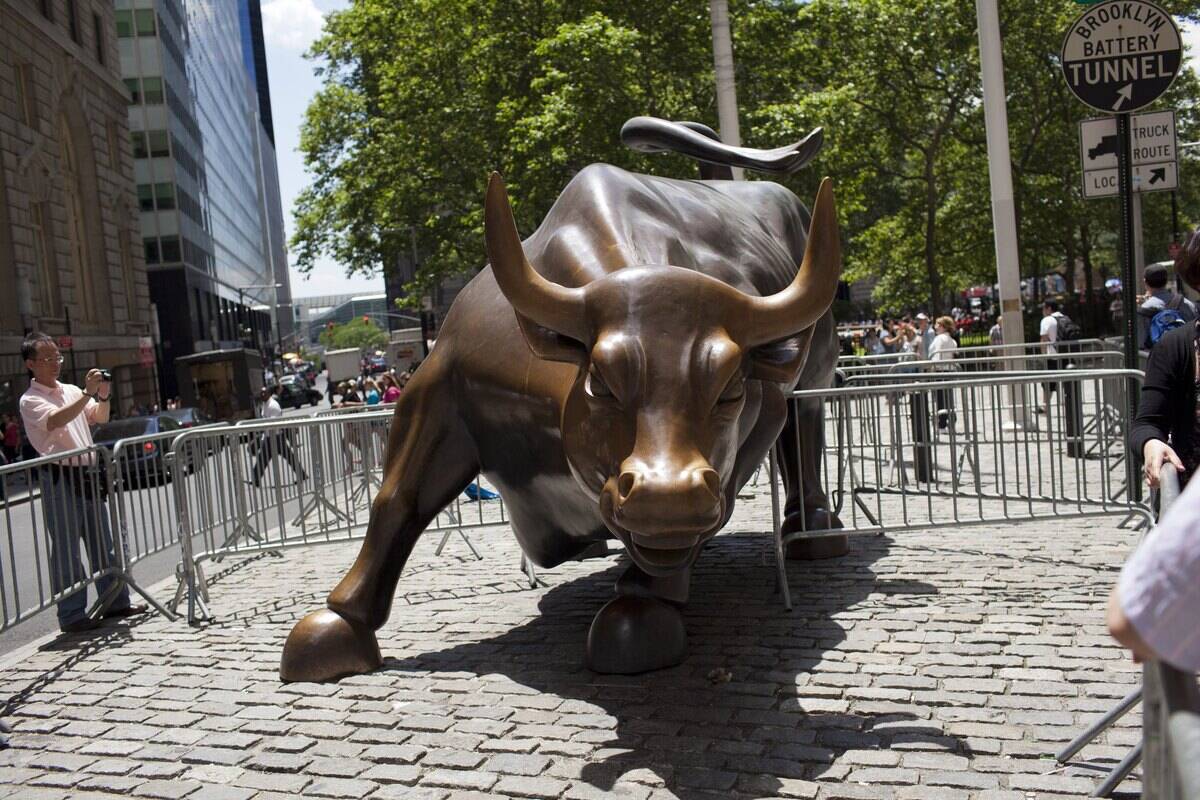
The Charging Bull, an iconic symbol of Wall Street, has an unexpected origin story. Created by artist Arturo Di Modica in 1989, the bull was initially installed as an unauthorized art piece in front of the New York Stock Exchange. It was meant to symbolize the strength and resilience of the American people following the 1987 stock market crash. Today, it stands proudly in Bowling Green Park, embodying the financial district’s bullish spirit.
The City’s Only Legal Graffiti Park: 5Pointz and Its Legacy
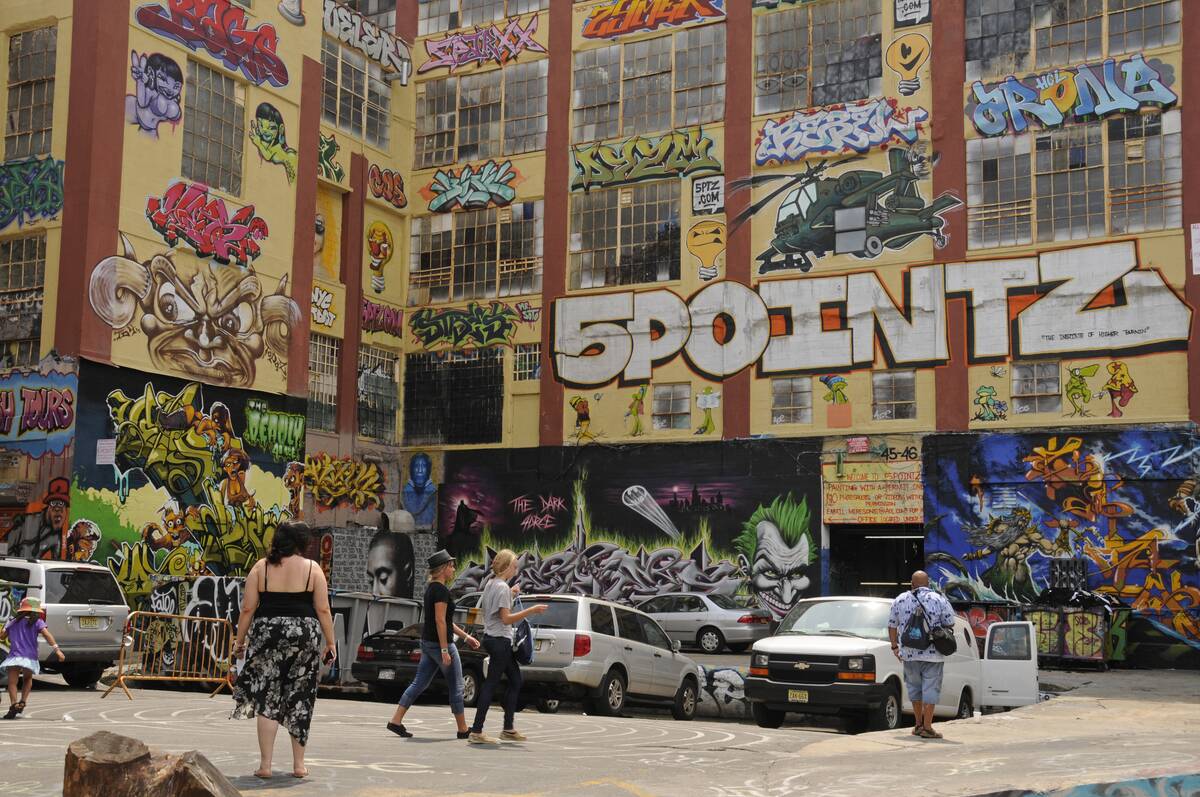
Once a vibrant hub for street art, 5Pointz in Long Island City was known as the world’s premiere graffiti mecca. Artists from around the globe flocked to this legal graffiti park to showcase their talents. Though it was demolished in 2014 to make way for luxury apartments, its legacy lives on, inspiring a new generation of street artists and cementing its place in NYC’s artistic history.




